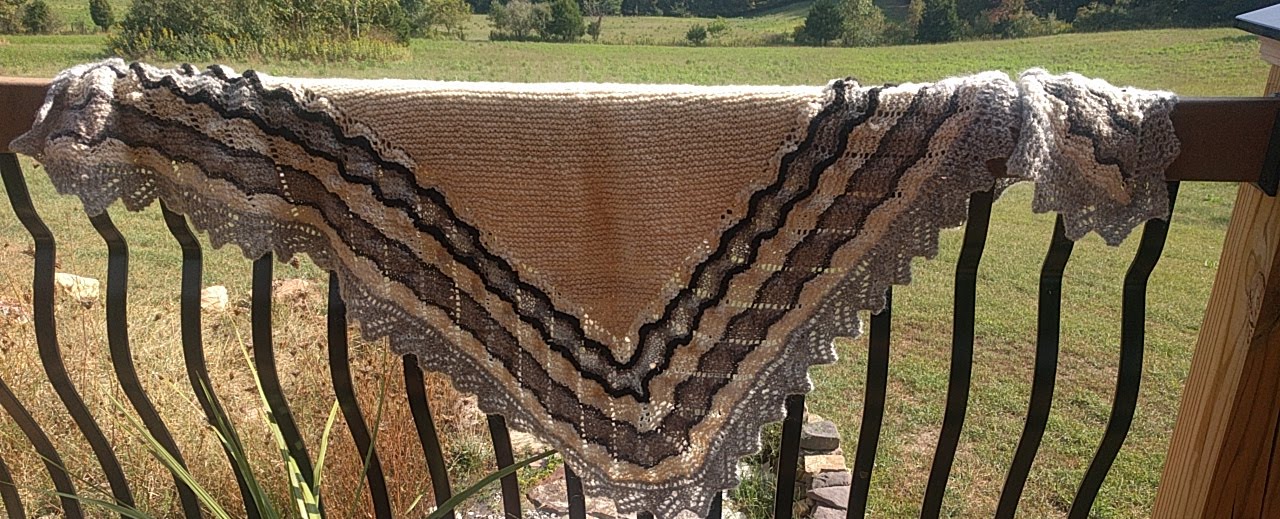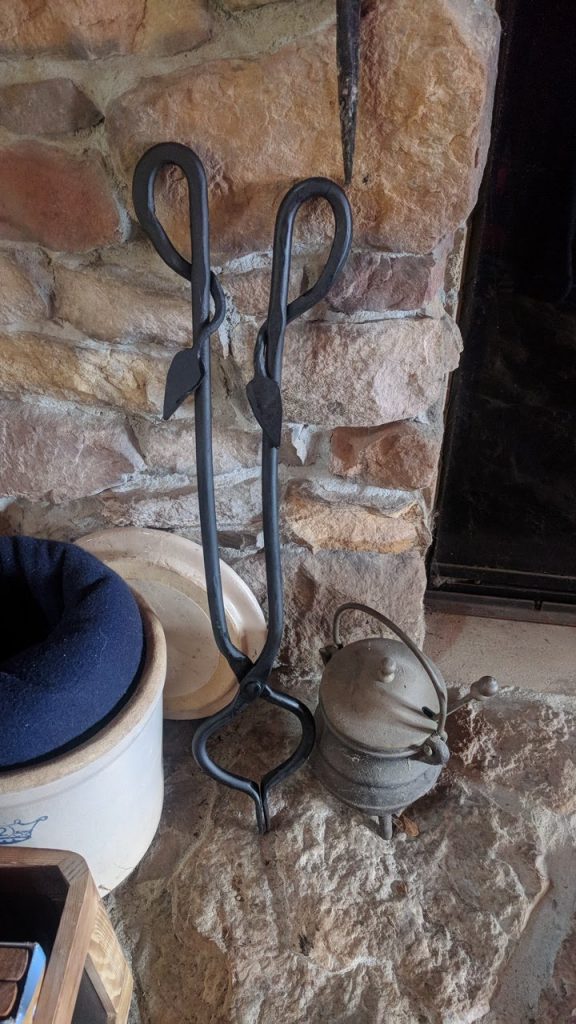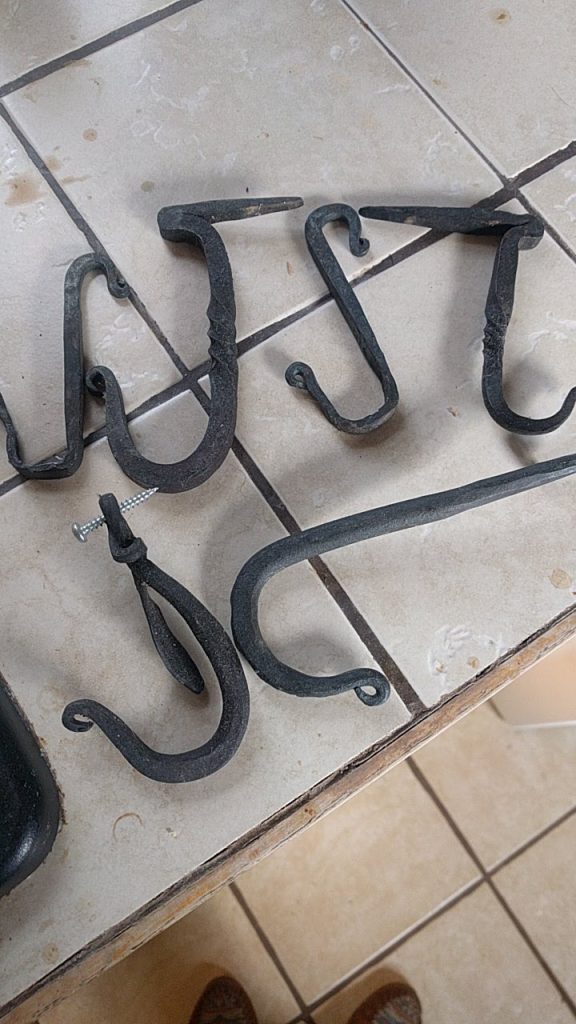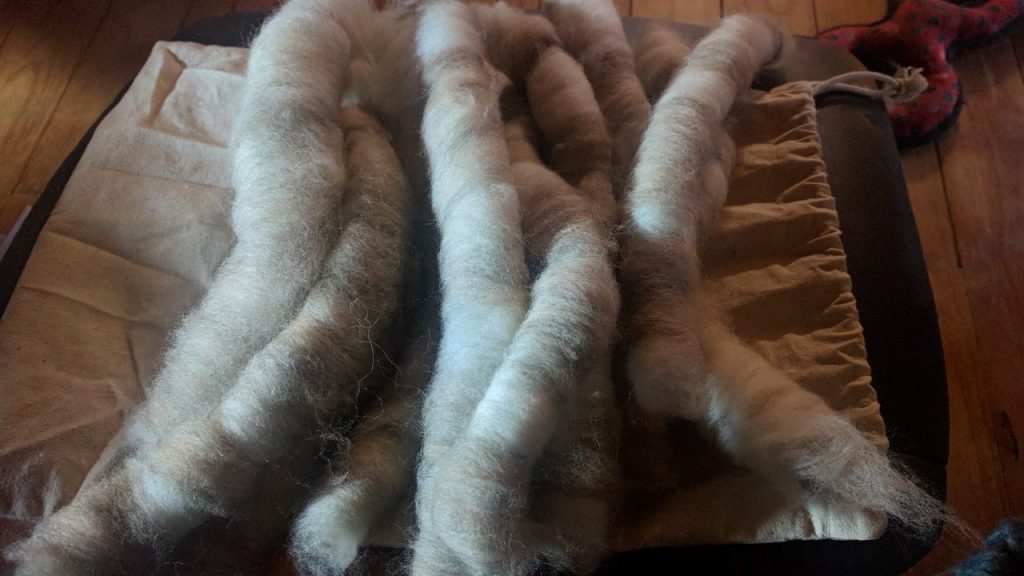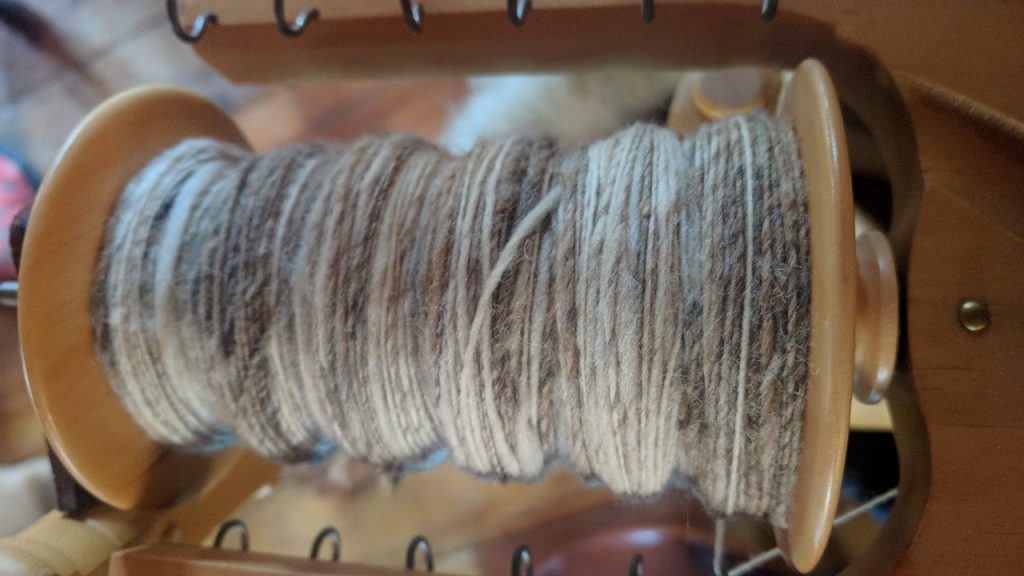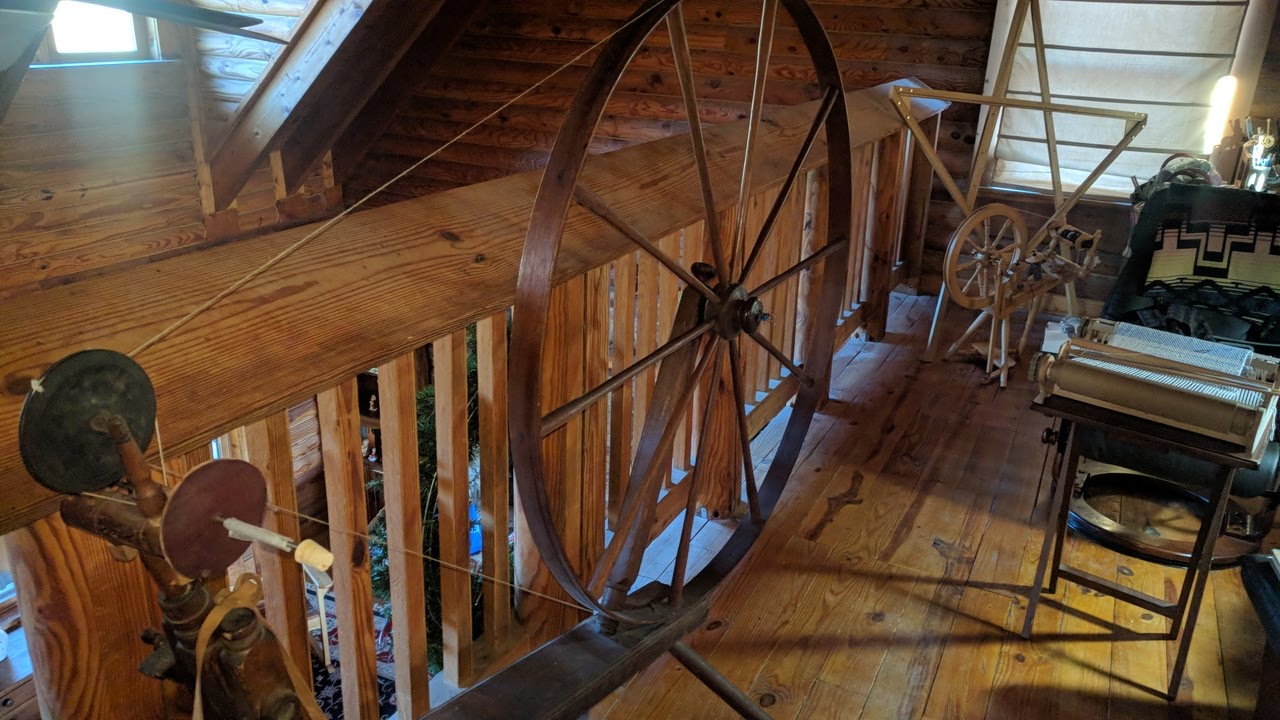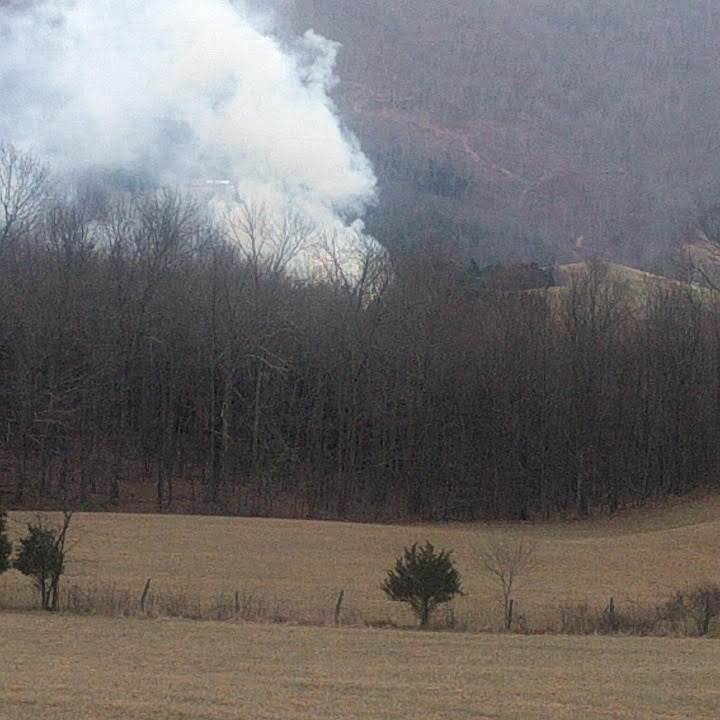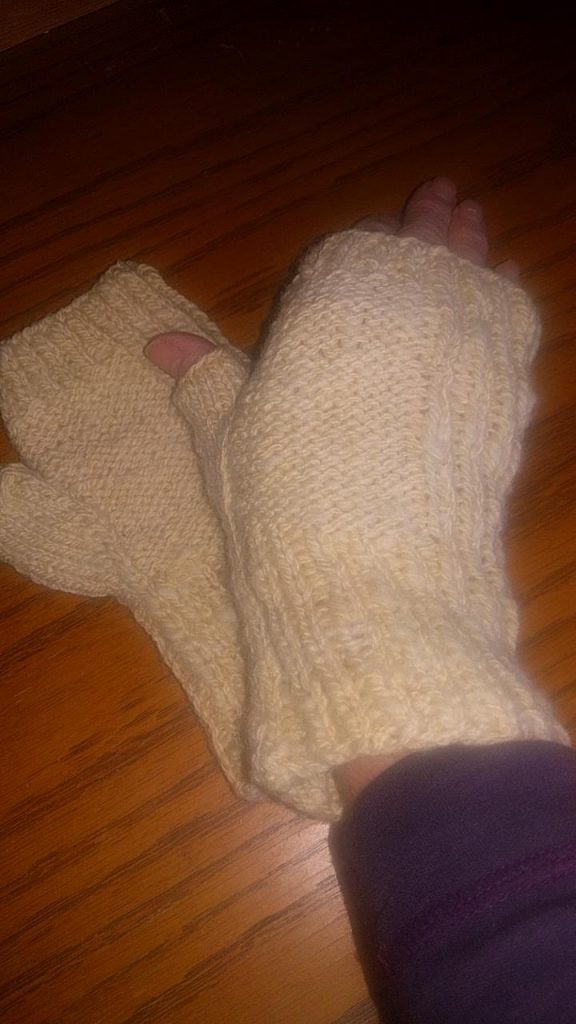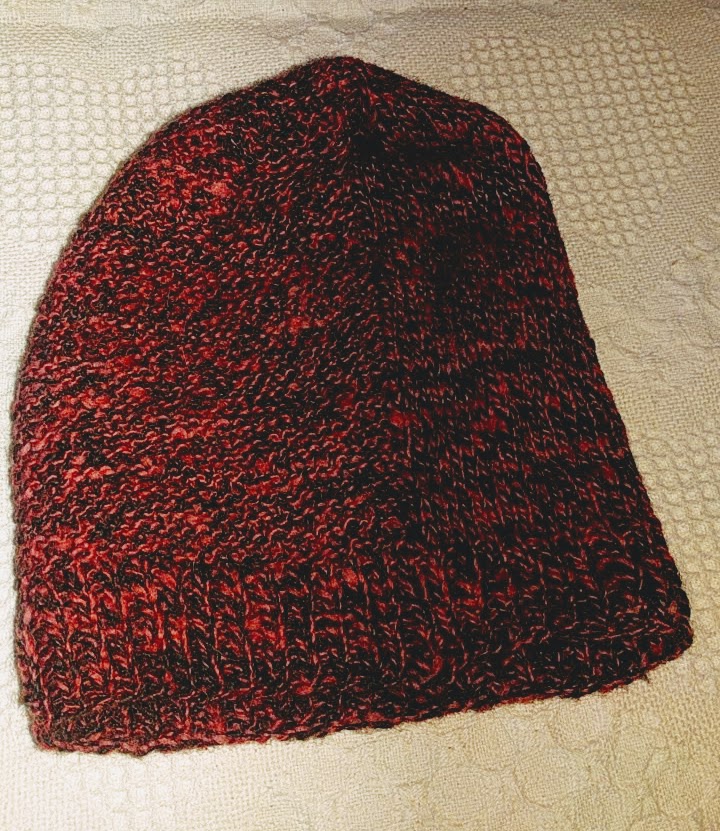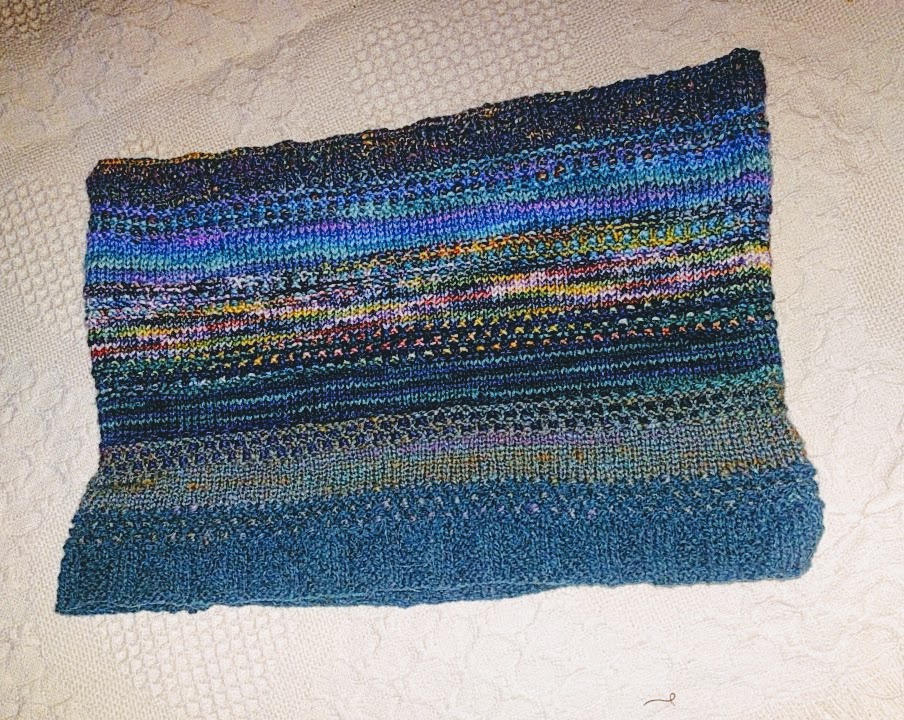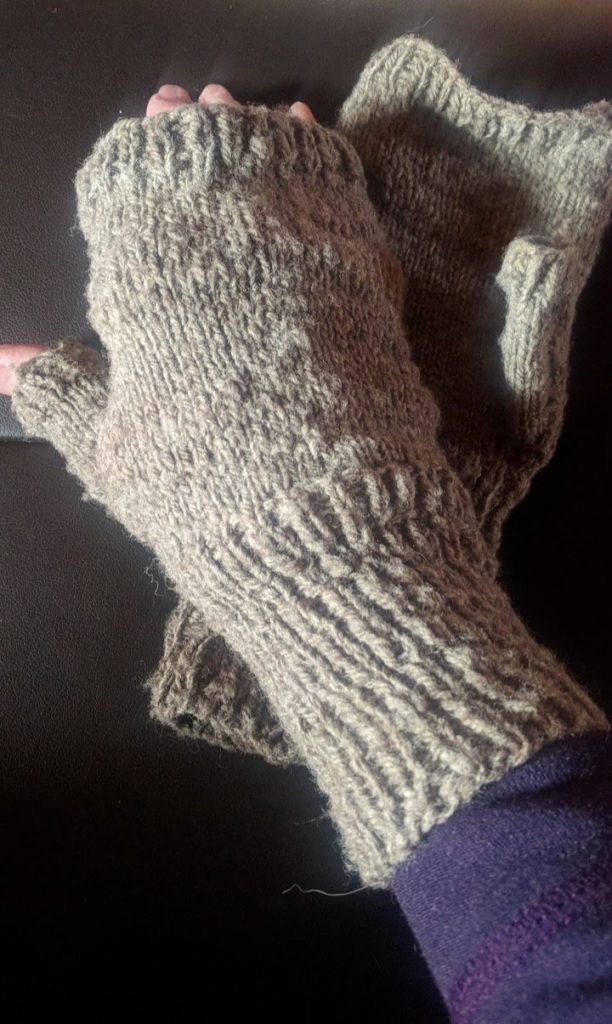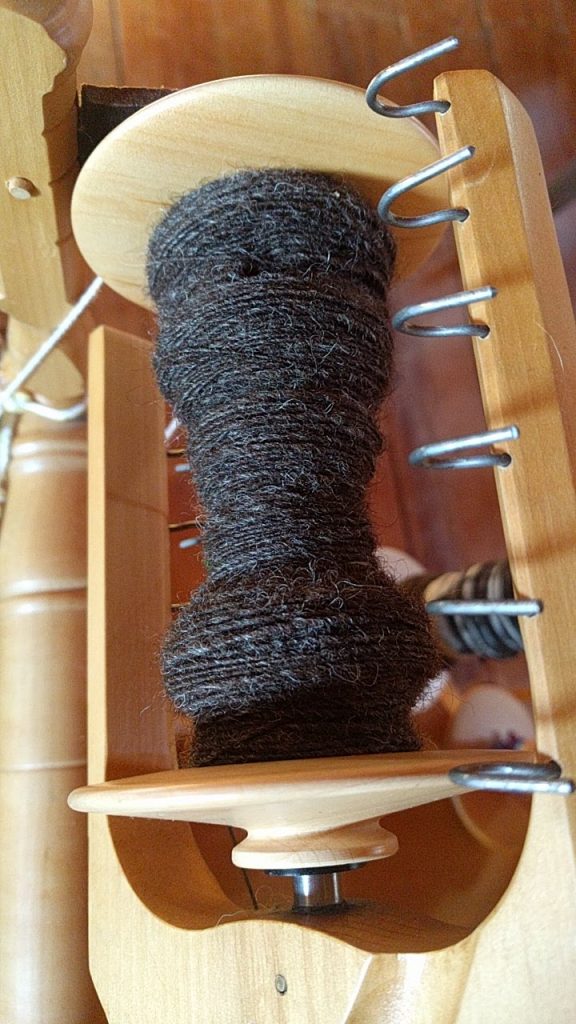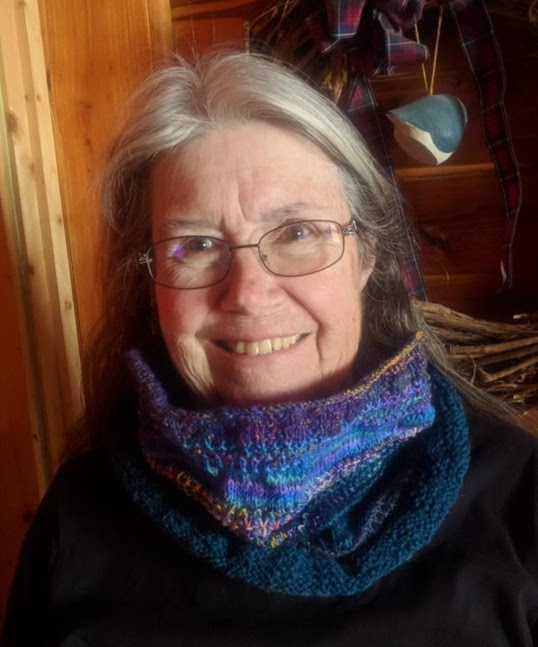Most Saturday’s are started with breakfast out, followed by the Farmer’s Market. Yesterday, we debated whether that would be a good idea as it snowed lightly all day, mostly horizontally as the wind howled, then enough after the sun went down to wreck havoc on some of our local roadways as they weren’t expecting it and the roads weren’t pretreated. When we got up this morning, there was barely a dusting in the grass and on the cars, the gravel drive was clear and we headed out. Any snowfall that slickened the steep roads last night was gone and it looked like the salt truck had been through even on our mountain road. After a fresh bagel at our local shop, a brisk stop at the Farmer’s Market for some weekly goodies we headed home. Just in time to meet up with our local blacksmith friend who has done some work for us lately.
I have previously described our Rumford style fireplace. It has a floor vent size hole that goes from the front of the firebox to the outdoors. We immediately put hardware cloth at the outer opening to prevent it from becoming a mouse freeway, but the air still had free movement. For all the years we have lived here, a piece of 1 x 6 board has sat on that opening when no fire was burning, and it has been replaced numerous times when someone tossed it in the fire as kindling. There is also another rectangular hole, not quite as large that had a hinged flap so that ashes could be scooped down it, but that made an awful mess when they fell a whole floor down and didn’t hit the bucket at the bottom. More than a decade ago, at a local craft fair, we bought a 3 piece hand forged fireplace tool set that lacked tongs.
This is where our local blacksmith friend enters the picture. First, he made us a metal cover for the floor vent sized hole and put a handle on it to make it easy to remove from the vent when we are going to light a fire. Last time we had the chimney cleaned, the sweep glued the door on the ash dump shut, but the fireplace heat broke it free again and so Josh welded it shut for us. About a week or so ago, we had a fire going and a log rolled over the vent hole which allowed smoke to start entering the living room and I wrestled with the log with a poker and the ash shovel, prompting a message to Josh about making us some tongs. He met us with us today because he finished them.
He made the tongs to match the older tools. And he makes both hammer in and screw in hooks, hanging hooks, shawl and hair pins, and other metal work as well as teaching blacksmithing locally. If you need anything, you can seek him out on his Facebook page JJL Forge.
Most of the morning chores are done and I am working on spinning the alpaca/merino and Cormo rolags I blended yesterday morning on my blending board. I have about 2/3 of them spun so far. I didn’t weigh it first, but I think it was close to 4 ounces of fiber.
I don’t know what it will become, but whatever it is will be soft.

